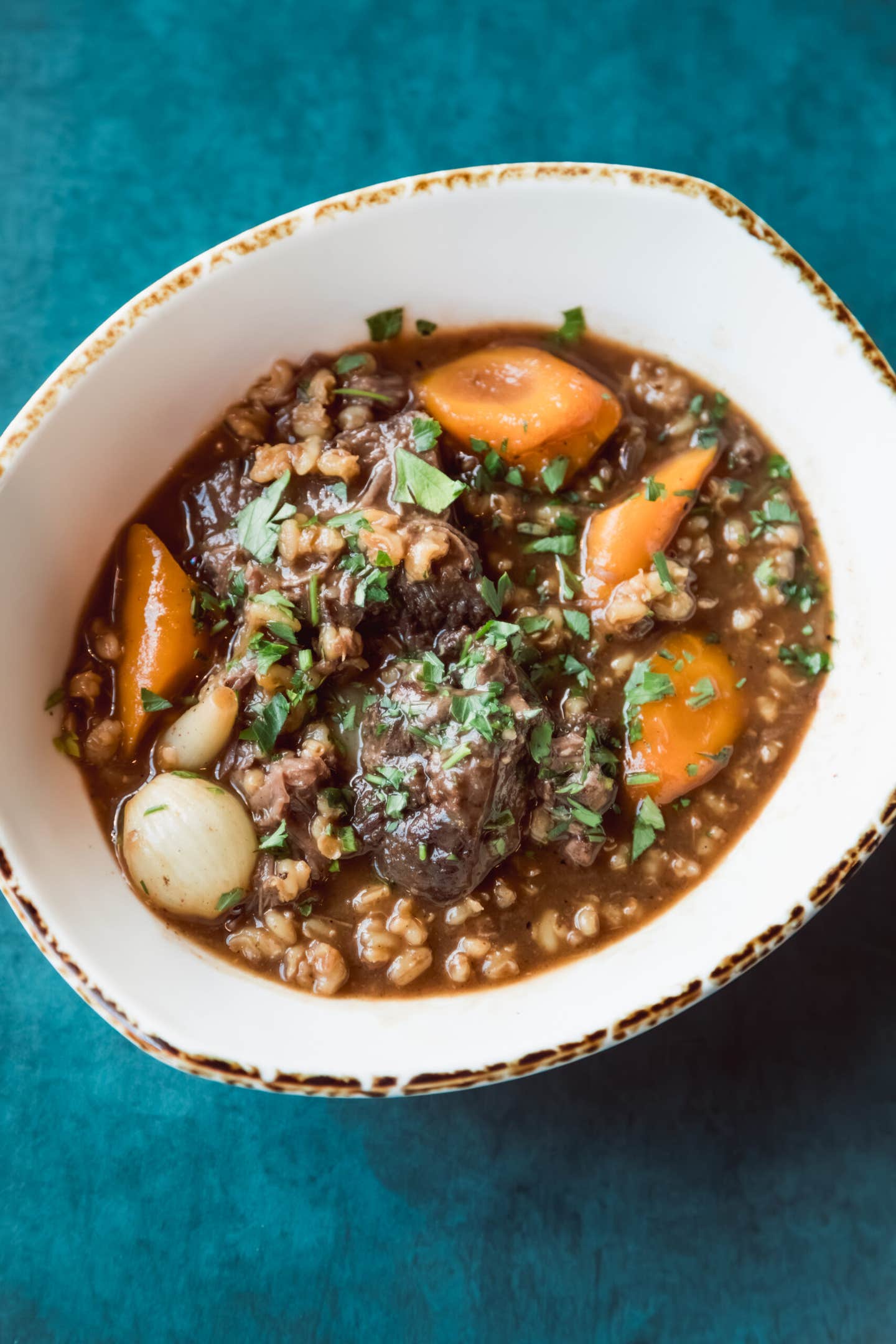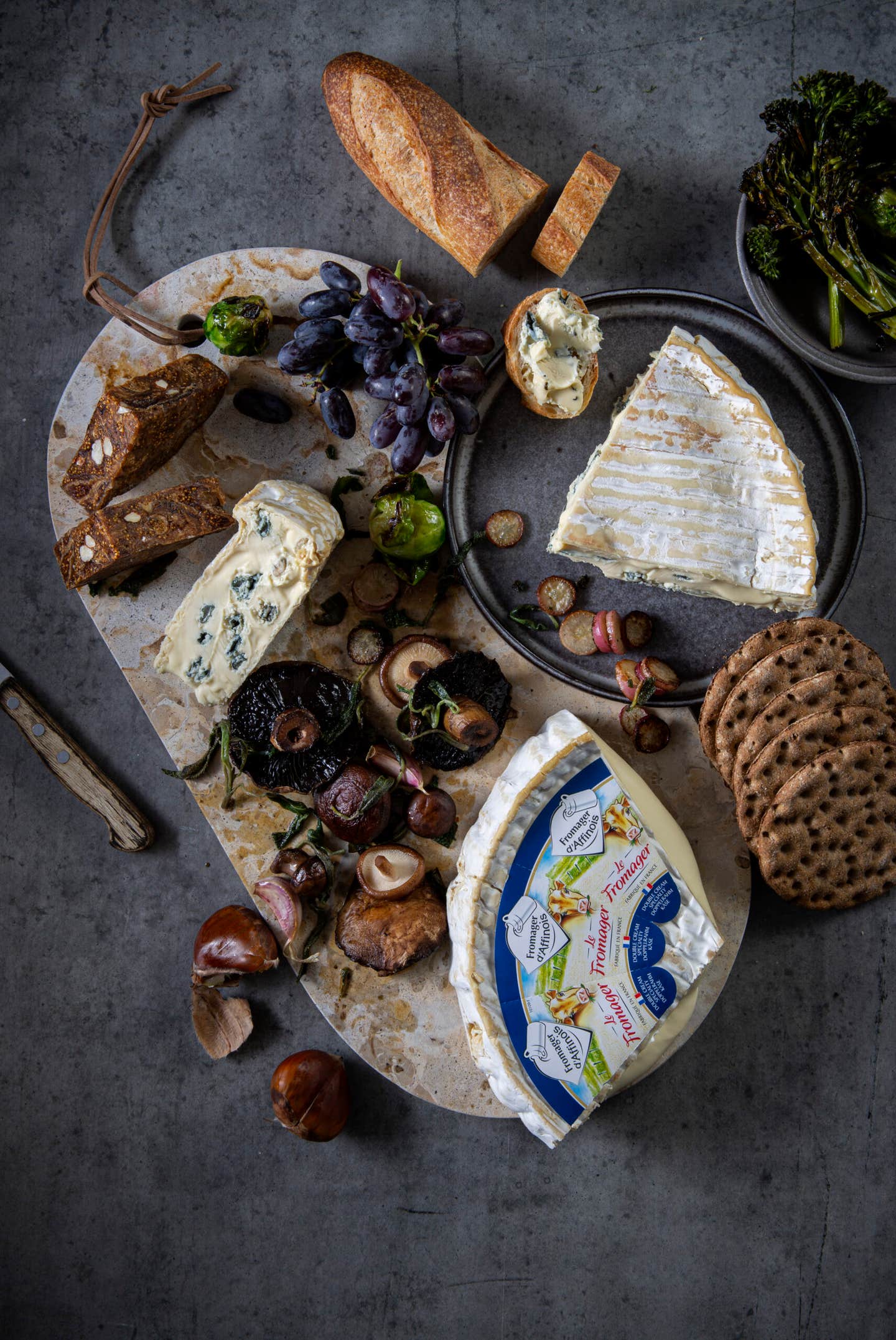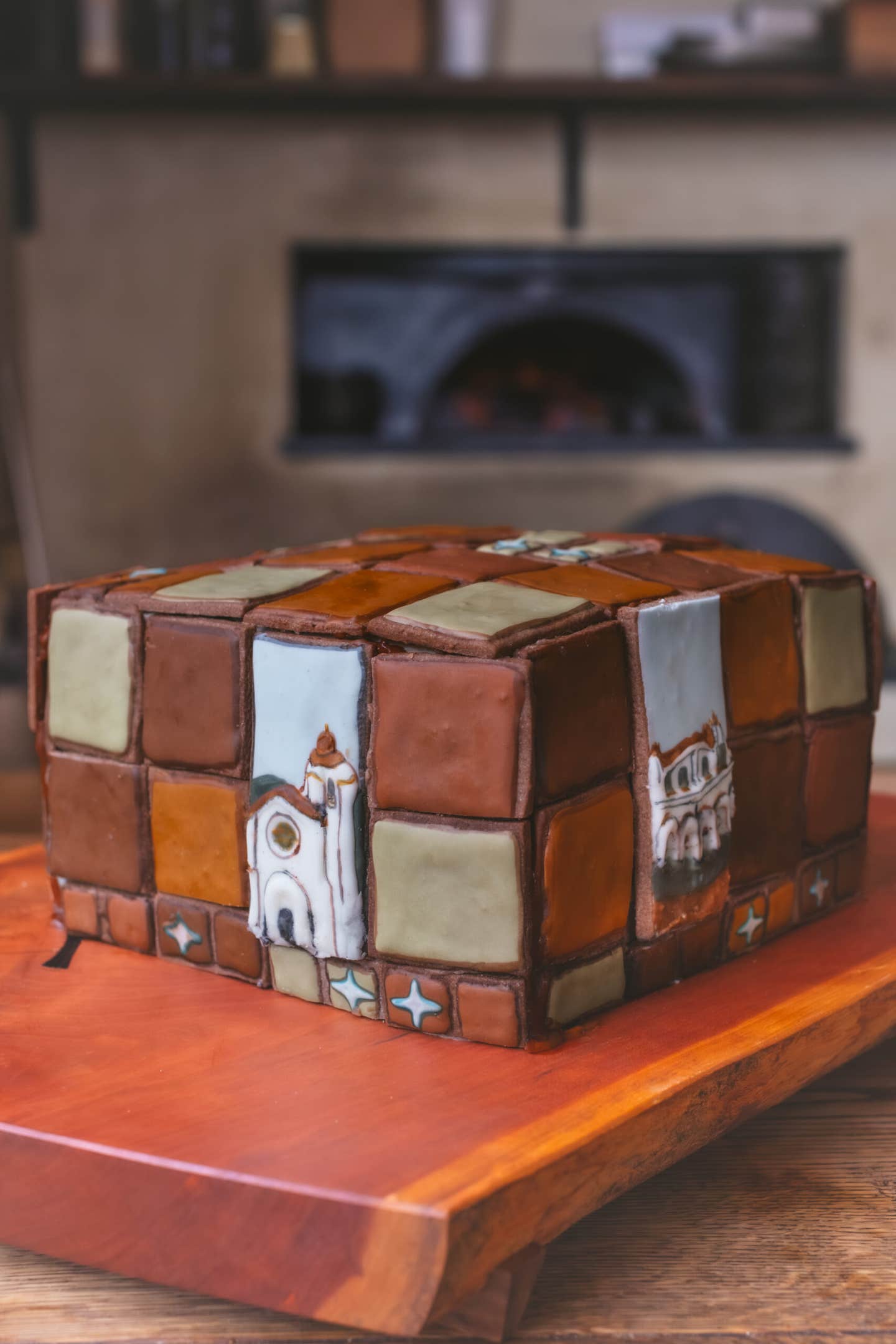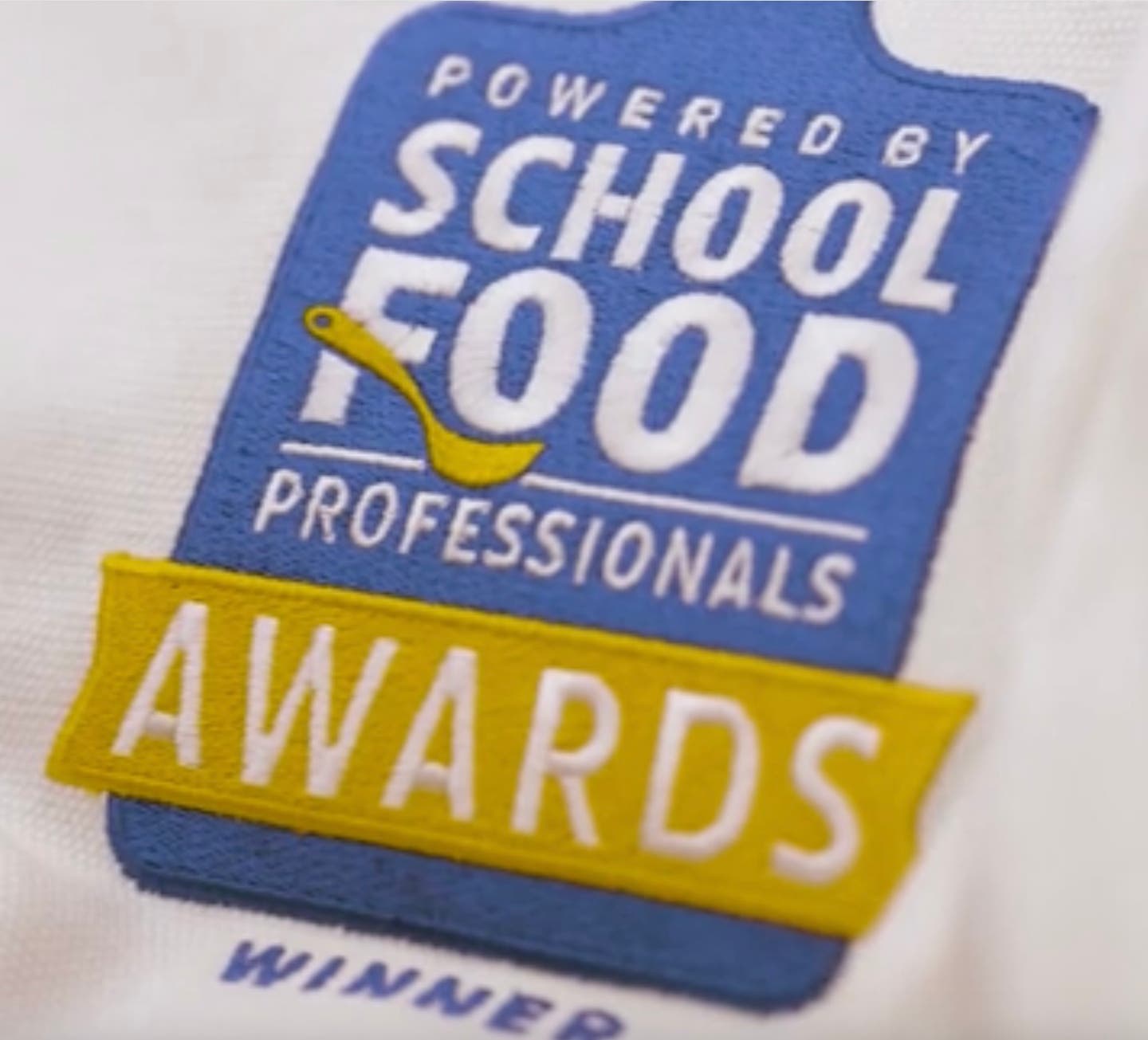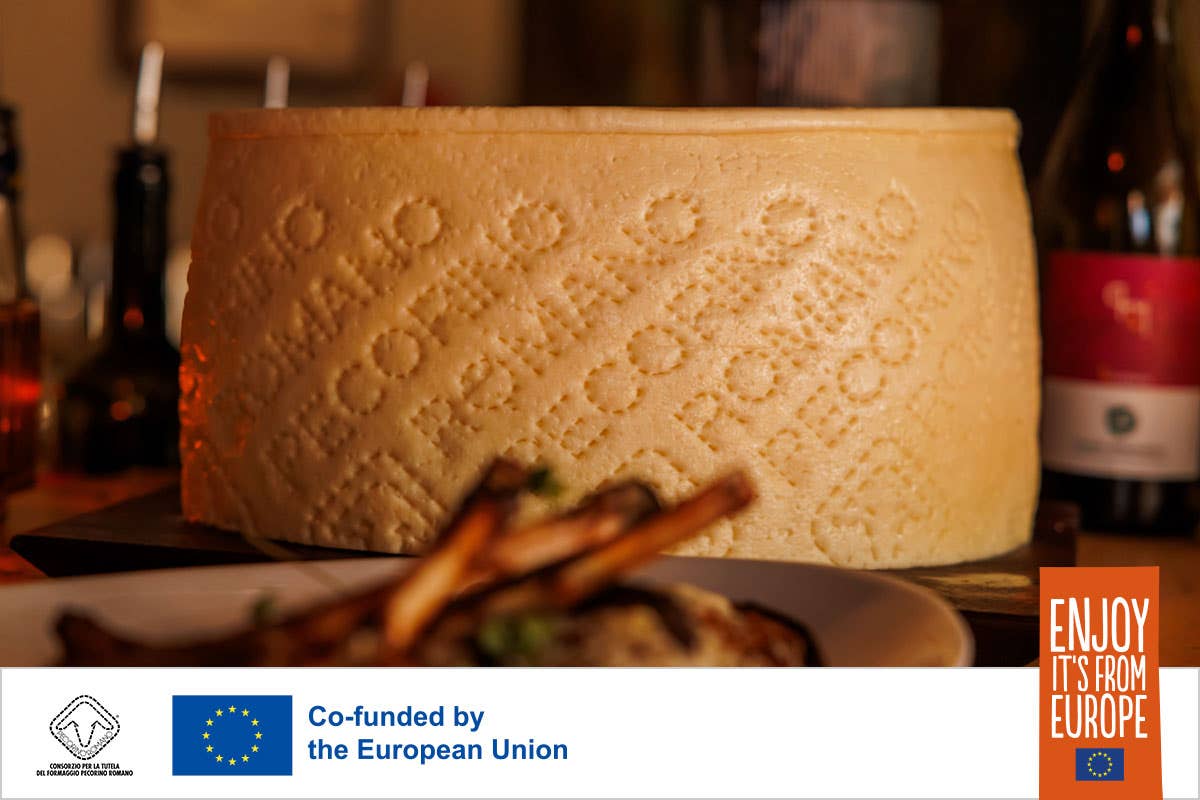Your Mouth is a Big Fat Liar: The Science of Taste, Memory and Emotion
Twenty years ago, friends in London took me in during a tough time. More accurately, they threw a Thames-worth of water on the dumpster fire that was me in the midst of splitting up with my husband. One evening, they scraped me off the floor of their Shepherd’s Bush row house and hauled me to a neighborhood restaurant, promising that there was something there worth surviving for. Turns out, it was foie gras. I’d never tasted it, despite fancy French food being my New York mother’s love language.
Twenty years ago, friends in London took me in during a tough time. More accurately, they threw a Thames-worth of water on the dumpster fire that was me in the midst of splitting up with my husband. One evening, they scraped me off the floor of their Shepherd’s Bush row house and hauled me to a neighborhood restaurant, promising that there was something there worth surviving for. Turns out, it was foie gras. I’d never tasted it, despite fancy French food being my New York mother’s love language.
It was a classic preparation, á la Normande: a plump lobe of fattened goose liver seared just so, caramelized apples draped all around like bronzed sun-bathers on the Côte D’Azur. Uncomfortably conscious of the barbarity of the dish, I slipped the morsels off the fork onto my tongue, chewed slowly…and a sob burst out. That flavor: a creamy, silky, gamey, umami-singed fat bomb entwining the carnival sweet of caramel apple, the whole dish sparked by darts of brandy acid and a hint of bitterness just this side of too far gone. It played on me like an air on an old piano in an empty hall. Familiar, echoing, bittersweet. I was somewhere else, but I didn’t know where.
Now, I cried at every meal and twice before breakfast during this time, but nothing I’d eaten had ever made me cry. These were not just divorce tears. This was my version of Proust’s now-clichéd madeleine dunked in lime blossom tea. There’s a reason that biscuit became the emblem of involuntary memory, even popping up in the Pixar film Ratatouille in the form of Anton Ego, the grim food critic who eats a bite of the eponymous dish and is yanked back into his own childhood. We’ve all experienced something like it. But what is “it,” that moment of enmeshed taste, emotion, and memory?
It’s taken a long time for our scientific understanding of taste to catch up with the science of senses like sight or hearing. Philosophers from Aristotle to Kant dismissed taste as too base, too idiosyncratic, too muddled to study. Scientists long relegated it to the cheap seats in the arena of our senses. Even now, we’re saddled with misunderstandings, such as the tongue map we all learned about in grade school: the one in which each of the original four basics tastes—sweet, sour, bitter, salty (umami came later)—are strictly confined to their own section of the tongue, like animals at the zoo. In reality, our eight to ten thousand taste buds contain receptors for all the basic tastes all over our tongue.
When we talk about how something tastes—unless we’re referring to one of the five basic tastes perceived strictly through our tastebuds—what we really mean is its flavor. What we know as taste is in fact all our senses operating in a complex synergy to create the experience of flavor in our brain. We humans evolved what neurobiologist Gordon Shepherd called a “flavor system” that extends far beyond just “taste.”
Take smell: to say that it has an important role to play in how we taste is a massive understatement. Look at the ingredient list on your favorite packaged food: more often than not, it includes “natural flavors.” Ever wondered what that means?
“Aromas,” says Barb Stuckey, author of Taste What You’re Missing, a veritable home lab course on honing our sense of taste. “The characterizing flavor of most food is its aromas.” Stuckey is a food inventor at Mattson, Inc., a food and beverage development company whose clients range from packaged food companies responding to consumer trends, to restaurant groups looking to develop signature dishes. When she and her colleagues create what she calls ‘craveable’ food products, the natural flavors they use are actually smells—volatile compounds we perceive in our nose, not our mouth.
We use our sense of smell in two ways: sniffing through our nose, the orthonasal route; and pulling aromas from the back of our mouth, the retronasal route. Released by the muscular movements of chewing, swishing and swallowing, the volatile compounds in food use this retronasal route to the nose, which then (weirdly) produces the sensation of flavor in the mouth as we exhale.
My Jack Russell has comma-shaped nostrils that direct aromas from the periphery to the center of his smell range. He may have the anatomy to optimize sniffing, but the aromas from that expensive dog food I bought still have to navigate an obstructing bone to get from the back of his mouth to his nose. You and I, on the other hand, have this much more direct retronasal route. It makes us humans uniquely adapted to perceive and create flavor. My Jack experiences flavor—just not with the exquisite nuance I do.
But if our sense of flavor is mostly smell (as well as inputs from our other senses), why do we experience flavor as coming from our mouth? Flavor is an ensemble piece, not a one-woman show, so why does our prima donna mouth hog the spotlight?
“It’s clear that your brain is screwing with you on a regular basis,” says Columbia University olfaction expert Stuart Firestein. Though not a well understood phenomenon, he says, it may be a survival issue: we need to know immediately whether something we put in our mouth should be swallowed or spit out lest we drop dead from it. Our brain doesn’t waste time routing inputs all over the place. It came in through the mouth, let her think the flavor’s in her mouth, says my tricky brain.
To prove to his students that flavor is largely coming from smell not taste, Firestein uses a classic demonstration: the jellybean experiment. First, he has them pinch their noses closed with their fingers or a nose-clip. Then, he gives them a jellybean to eat and asks them to tell him what flavor it is. Beyond a couple of basic tastes—sweet, maybe sour—and its texture—possibly crisp, then gooey—they can’t. Next, he has them eat another jellybean and, as they’re eating it, has them release their nose. Flavor comes flooding in and they report that it’s a grape or a lemon or a popcorn-flavored jellybean. Finally, he asks where they taste that popcorn flavor. “In my mouth,” they invariably say. “But you just told me that you couldn’t taste it in your mouth when your nose was closed,” he tells them. The aromas rise to our nose from the back of our mouth, we exhale and voìla: flavor.
Another compelling fact about smell: among all the senses, it’s the only one that doesn’t go through the thalamus, our brain’s sensory processing center, where sensory information gets sifted, organized, and sent on to our cerebral cortex for interpretation.
Instead, the olfactory bulb (where smells congregate first) connects more or less directly to our amygdala—the seat of emotion—and on to the hippocampus—the memory center. Here then, is part of the answer to the riddle of my foie gras, Proust’s madeleine and [your memory-trigger flavor here].
The aromas that we take in retronasally—and that make up of the preponderance of flavor—light up our emotions and our memory, bypassing all that pesky initial analyzing of information in our thalamus and cerebral cortex.
The amazing thing, says Firestein, is that those memories from long ago, emotionally charged scenes of which we may have no conscious…well…memory, are still stored in our brains, just waiting to be triggered by a flavor that comes along and echoes something we tasted way back when.
In this time of Covid, all this has huge implications for patients who report losing their sense of taste. Stuart Firestein says, though, that when you put something with a basic taste on their tongues, despite thinking they can’t taste anything, Covid patients report sensing the salt or sweet or whichever taste. In fact, they haven’t lost their sense of taste. They’ve lost their sense of smell, and with it, flavor. For people with long Covid, this can be a long-term, if not permanent affliction. And if smell and flavor are connected to memory, emotion, and even, perhaps our sense of time, the world without smell is flavorless, indeed. No wonder people who lose their sense of smell report higher than average rates of depression.
Back at Mattson HQ, where a baby blue Kitchen Aid sits cozily alongside beakers, extruders, and spectrometers, the idea of Time is a crucial factor in the process of inventing foods. “You experience food over time,” Barb Stuckey says. “We think of this as ‘flavor display’, or the unfolding of flavor.”
As we chew, and the aromas slip in the back door like a secret lover, the texture and temperature of the food changes. But we’re changing, too. “Every bite is different,” she says, “because you are a different person over time.” As we eat, our food changes us in subtle and not so subtle ways: we are a hungry person, then a full person, for example. Someone who has never tasted foie gras then one bite later, someone who has.
Add to this the memory process that flavor triggers, and there we all are at the dinner table, moving backward in time, moving forward in time, flavor acting as a free-wheeling time machine of which we’re barely conscious, and which science has only begun to understand.
And, on top of all this nasal and emotional retro action, Stuckey points to the fat and sugar that lit up my brain in that long-ago restaurant. “We generally like fat, because it says oh wow, lots of calories. Good. Good for maintaining my life. And then there’s the sweetness of the apples, which is triggering dopamine in your brain.” So, intense flavor plus intense nutrition plus intense emotion plus unconscious memory equals writer sobbing in public over liver?
It took Proust’s narrator ten concerted mental efforts “[leaning] over the abyss” of his unconscious to recover the specific memory the madeleine sparked. (Only two pages for the reader: the magic of fiction.) It took me twenty years, though at the time of my divorce, happy just to feel something other than bad, I didn’t even try to understand what memory the flavor of foie gras clung to. Anton Ego’s Ratatouille Express to childhood notwithstanding, it took mental effort for me and for Proust’s narrator to recover our memories. A month or two of rooting around in my own brain while talking the science of taste, memory and emotion with people actually qualified to comment on the subject didn’t hurt. But it took one more ingredient to get me there. An ingredient that seasoned that first taste of foie gras, too. Loss.
When my mother died this summer, I remembered how she would roast a chicken and save the giblets as a mother-daughter treat. We’d gnaw on the salty, caramelized bits of liver, gizzard, heart, and kidneys, the sight of which made the men in our family shiver. We cackled and licked our fingers like a couple of witches in our New York City galley kitchen cave. On special nights, she pulled out Mastering the Art of French Cooking and whipped up a Tarte Tatin. My little fingers still greasy from the giblets, I’d sneak stray bits of caramelized apple and crust when her back was turned.
Aroma may be the Pink Panther of flavor, sneaking around disguised as taste, but it’s emotion that makes flavor sing, echoing in our brains long after we thought we’d forgotten. Foie gras and caramelized apples. Giblets and Tarte Tatin. The flavors of love lost. Found.
